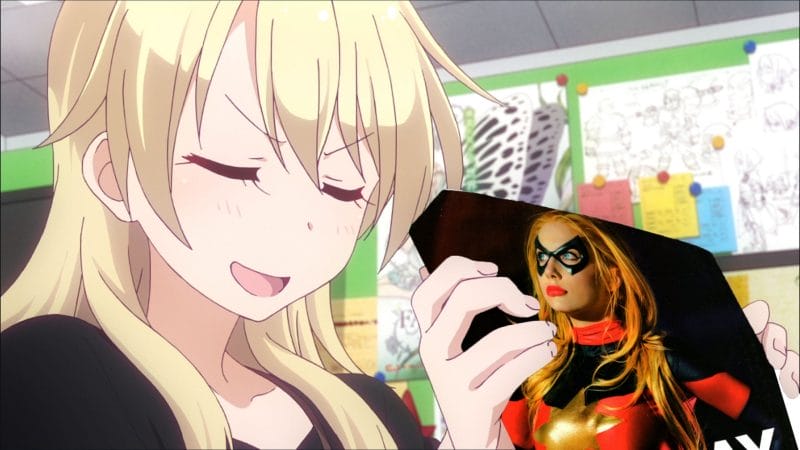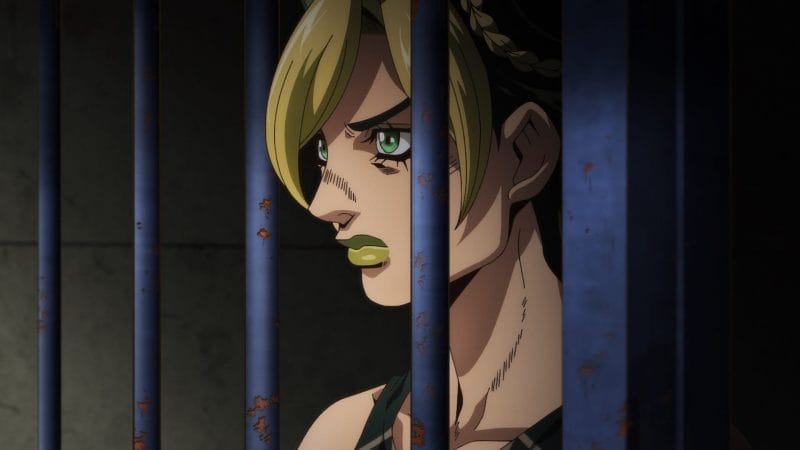 Yesterday, ANN reported that Shogakukan lowered their price of Weekly Shonen Sunday on July 17. The drop, which was the first in seventeen years, brought the publication’s price down to 200 yen ($2.02) from between 260 and 280 yen ($2.62 and $2.83). The drop, which was about 23.1% computed, was one of the sharpest seen in manga publishing. The latest issue saw a 30% increase in sales over the previous issue.
Yesterday, ANN reported that Shogakukan lowered their price of Weekly Shonen Sunday on July 17. The drop, which was the first in seventeen years, brought the publication’s price down to 200 yen ($2.02) from between 260 and 280 yen ($2.62 and $2.83). The drop, which was about 23.1% computed, was one of the sharpest seen in manga publishing. The latest issue saw a 30% increase in sales over the previous issue.
Before we go further, let’s have a bit of fun with a little math.
If one looks at the numbers, the gains earned by the price cut are minimal. By slashing 23% of the take, the company would need to sell 30% more product in order to simply break even with their previous total. Now, given that Shogakukan is reporting a 30% jump in sales, we safely state that, profit-wise, Shonen Sunday‘s take remained roughly constant from week to week. One could argue that the total could actually be lower, due to production and distribution costs.
Many would question why a company would willingly eat into their own potential profits in order to shift units. However, in a consumer economy, such a sacrifice could prove to be an asset in the short run. Weekly Shonen Sunday is a magazine, which relies not only on a combination of consumer purchases and advertisement sales to generate revenue.
Likewise, the publication relies on purchases of manga properties to sell magazines. By increasing readership by 30%, Shogakukan gains considerable leverage in negotiations for both titles and adverts. With greater readership, Shogakukan can exert more power in title acquisitions by using their population as capital. By this, I mean that the company would be able to pay lower prices, as manga artists would be more willing to sign with a publication that can grant a larger audience, therefore granting a better shot at compilation books or greater benefits in the long-term. Similarly, the company could use increased readership to assert that the magazine’s limited ad space attracts a higher premium due to the sharp increase in population.
In short, it’s a power play. Shogakukan is aiming to take a short-term hit in order to create longer-term gains via alternate revenue streams. Whether it will work remains to be seen. If the numbers don’t last, or if we see sales settle into a new plateau, we might see the company begin to re-evaluate its strategy. However, I remain optimistic that the gambit will pay off for Weekly Shonen Sunday as a whole. The company does face a number of questions regarding the consistency of its new population, but I have little doubt that, price held constant, Shogakukan will be able to maintain a significant portion of its newly-earned customers.











